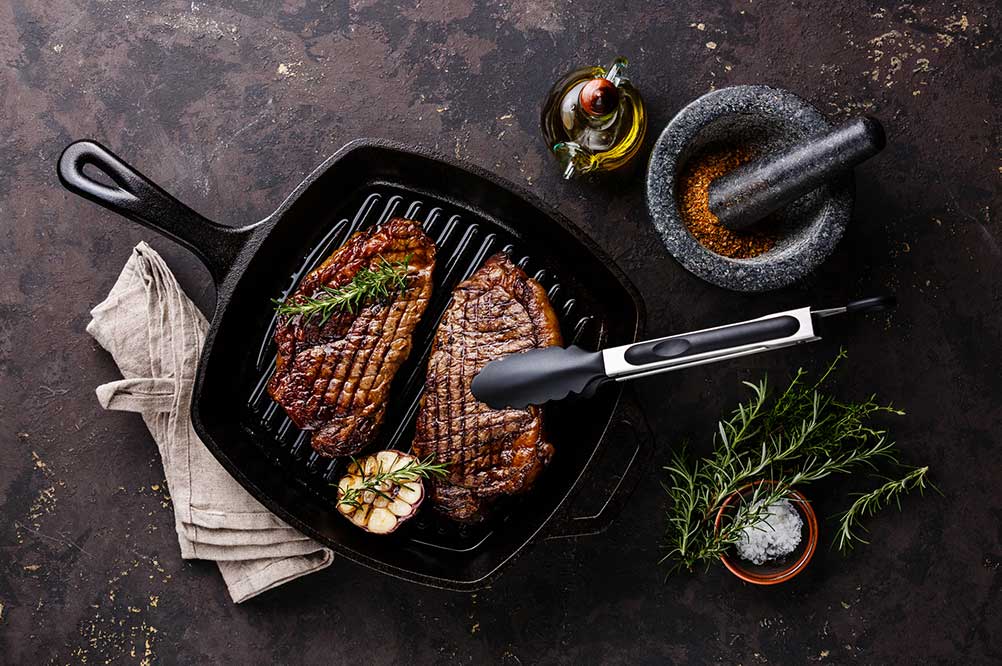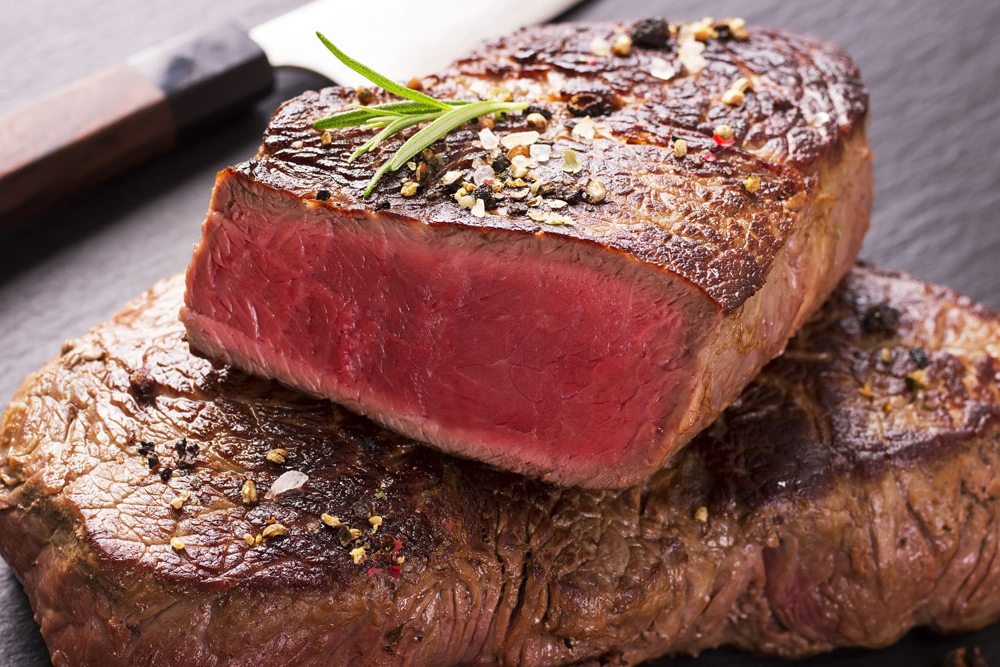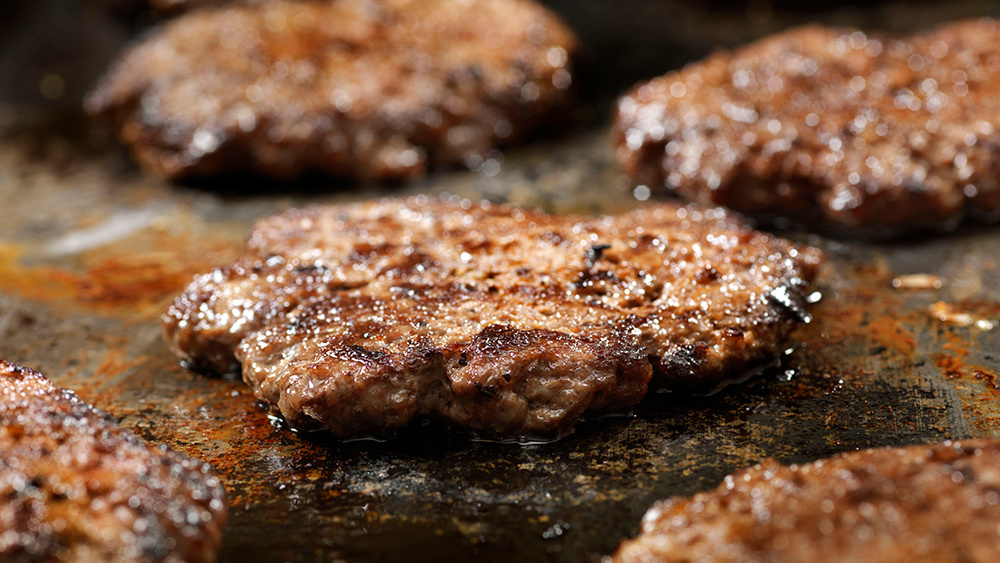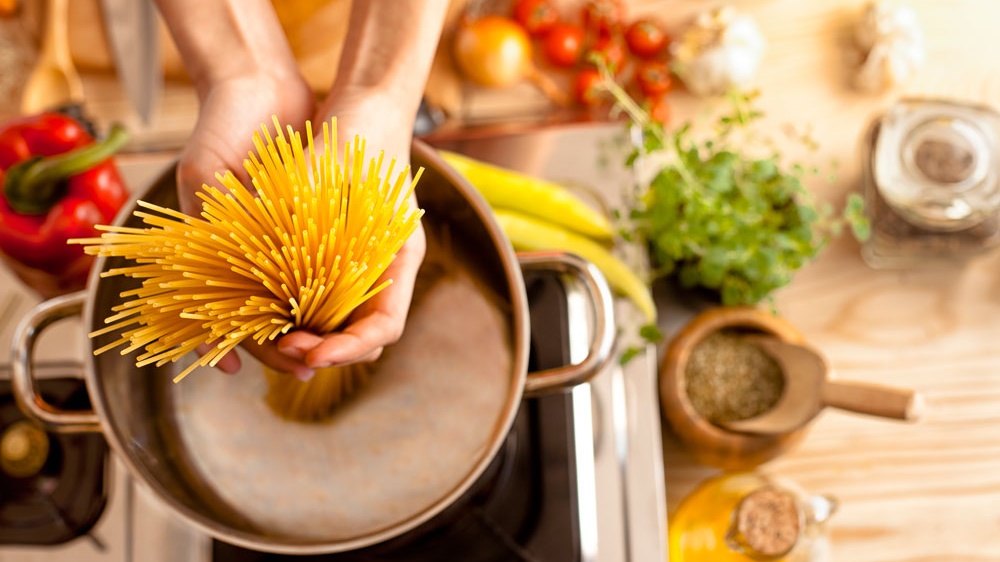Cooking with Cast Iron

 Add to favorites
Add to favorites
For years I had a love-hate relationship with cast iron cookware. Now that I have more cooking experience, I adore cast iron.
I have to tell you my cast iron story.
Not long after I moved into my first apartment, my mother gave me two of her Lodge heavy-duty cast iron fry pans. She was getting new cookware and there was no room for them in her cupboard.
I thanked her for them and took them to my apartment where I stashed them in a cupboard. I had to look grateful for her gift, but I had no intention of using those ugly cast iron pans. I hated them since I was a little girl. When I was just taller than the kitchen table it was often my job to dry the larger cast iron skillet. I wasn’t even strong enough to hold it. I had to do the job with the pan sitting on the table. It was heavy; way too heavy for me, so I learned to hate that cast iron pan.
As I got older I saw those cast iron pans as the fuddy-duddy cookware. They were old. In fact, they were so old I think my mom got them from her mother-in-law. I considered them ancient and wanted nothing to do with them. I was a “modern cook.”
As I moved from one apartment to another, and eventually to two of my homes, I dutifully packed up those pans. Then I unpacked them and stashed them in a cupboard – again.
Finally, when I moved to Chicago almost 15 years ago, I behaved differently when I unpacked them. This time, I put them in a drawer that was easily accessible when I was cooking. Honestly, I can’t remember why. It might have been because of the way the kitchen was laid out. I know I did not put them in a convenient spot on purpose. It just happened.
And as happenstance plays its funny games, one night I pulled out my cast iron skillet and used it to sauté a steak. I remember a cooking technique I saw at a French restaurant. Their method was to sear the steaks in a hot cast iron pan and then finish them in the oven. I did the same thing that night and had the best home-cooked steak I had ever eaten. That started a trend.
I started cooking with cast iron almost every day. I discovered when I seared meat in my cast iron pan and finished it in the oven, the meat stayed juicier. It didn’t matter if it was steak, pork, or chicken. Same wonderful results.
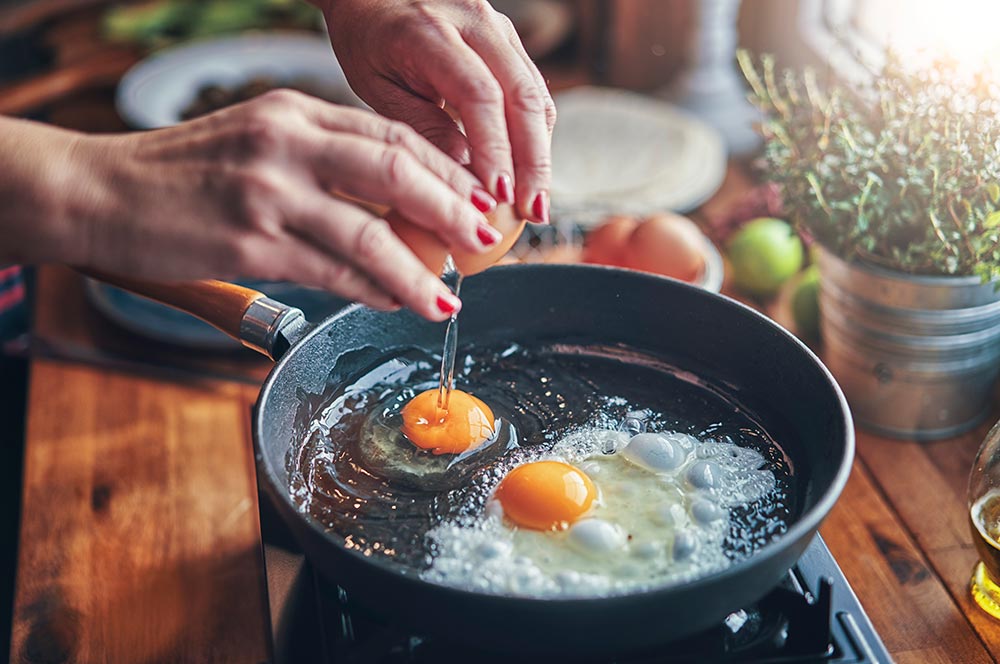
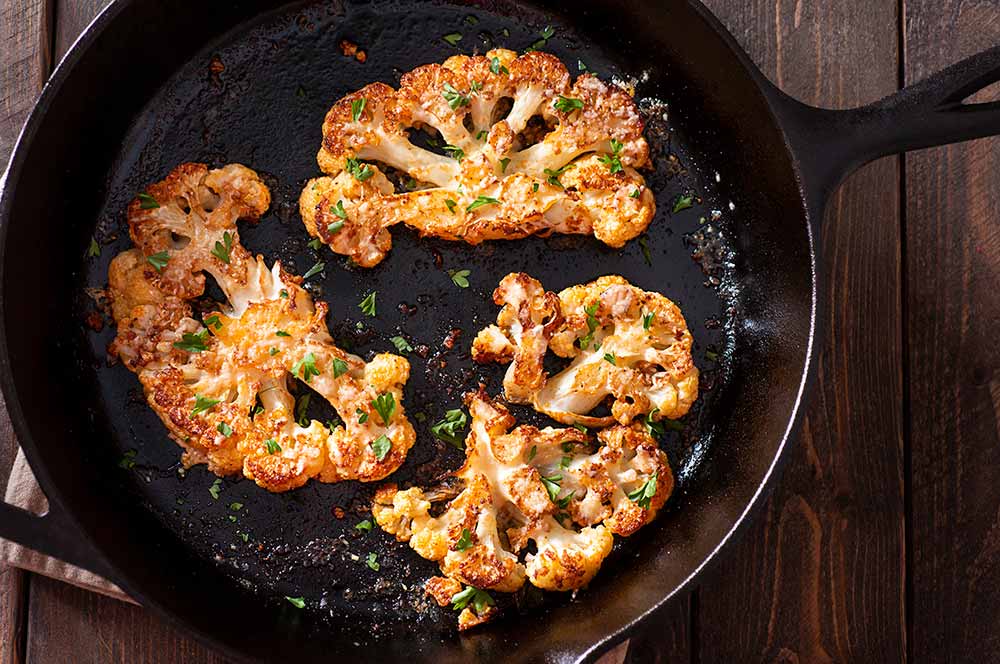
I also discovered that I could make quick work of searing my meat. Then I add my vegetables and maybe some stock and finishing all that in the oven too, with the same yumminess.
This made cooking so much easier than using a Teflon or stainless steel skillet! I wasn’t having to watch my pan as closely as my meal cooked, either. I could set the table, wash dishes, or catch up on other things done while my dinner cooked in the oven. And when I got my first convection oven I could cook things 30% faster. Dinner was on the table pronto. Many times I had only one pan to wash, too. I felt like a kitchen goddess.
I’ve been using my cast iron pans ever since. Not out of guilt or a feeling of duty to my mother, but out of thanks to her generosity in passing them onto me. She was the smart one. It just took me about 20 years to catch on. 🙂
Not convinced? Here are some more benefits of cooking with cast iron and a few hints for use and maintenance.
- Cast iron is cheap. I suggested to one client that she might want to “invest” in a cast-iron skillet for making steaks. (In case you haven’t heard, I help clients fall in love with healthy food again. I help them lose weight and get their body back with the Plan Z Diet. So this is a normal conversation for me to have with a client.) She took that to mean it was going to cost her a pretty penny. Oh contraire! Cast iron is very reasonably priced. I would argue that if you are on a budget, it’s probably the best value for your money if you like a good sear on your meat. A 10” Lodge cast iron pan might set you back about $20. Compare that to the new-fangled cookware that can run $200 or more for a pan the same size.
- It lasts forever. I am lucky enough to have my grandmother’s cast iron pans. They are TOUGH. They look as good today as they did when she used them. It’s hard to ruin or wear out cast iron. All you have to do is make sure it doesn’t stay wet for a long time.
- It’s the gift that keeps on giving. Hand them down from one generation to the next along with favorite recipes and keep those cooking traditions in the family.
- You can take them camping! Because cast iron is so rugged you can use your cast iron pans right over the fire. You can even set them into the fire and rest them on a log if you want. Just be sure to always use gloves made for high temperatures. Like oven mitts.
- They are cool again! Popular. Awesome. Radical. Whatever your word for “newly acceptable and worthy of display in your kitchen.” That’s cast iron.
- Cast iron pans are pretty much indestructible. You can drop them and more likely damage your floor than the cast iron.
- They can be beautiful. I don’t personally own any of them, but there are cast iron pans that have an enamel coating. Le Creuset is known for its amazing high-end enameled cast iron cookware. They come in a rainbow of colors and because of the enamel coating, are dishwasher safe.
- Cast iron Dutch ovens make the most amazing stews. Slow cook your roast in your cast iron Dutch oven all day and bring out a fabulously rustic flavor. The meat just dissolves in your mouth. Hardly need teeth to eat!
- Like to fry? Get cast iron. Because of its heat retention properties, your oil will heat evenly and your food will be crispy and golden.
- You can even bake in a cast iron pan. They have a natural non-stick finish that gets better over time. Nothing like cornbread cooked in cast iron. You can also bake an almond cake in a cast iron pan for a low-carb and fabulous dessert.
- Cast iron is easy to clean. If something sticks to it add some water to your pan and put it on the stovetop to boil for a minute. The scorched bits should clean right up.
Now for some maintenance tips:
- If you inherited your cast iron it’s probably already been “seasoned.” If not, you want to spray the pan with a bit of olive oil and ‘bake it’ in the oven to seal it. Wondering how to season your newly acquired cast iron cookware? Lodge Cast Iron has a great seasoning guide.
- Don’t use harsh soap on cast iron. You are usually able to clean things off pretty easily with just a scrubby pad.
- It’s not recommended that you put cast iron in the dishwasher because iron + water = rust. You can cheat once in a while and do this to a really well-seasoned pan, but never make a habit of this.
- Dry your cast iron as soon as you wash it. Don’t store pans with water on them or they will get rust spots.
- When I go to store my pans, I often spray a bit of oil in them and then just wipe it all off with a paper towel. Then before I use the pan, I spray the pan again with oil and wipe it out. That keeps it clean and oiled.
- Always heat your cast iron pan before you put your food in it. That gives you a nice sear on your meat and a delicious char on your vegetables.
Now to put your cast iron skills to the test. Here’s a simple recipe for you to try:
The Perfect Tenderloin Steak
There’s nothing I like more than a seared and roasted steak while I am on the ZReduction phase of Plan Z. I learned this steak method by asking a French restaurant how they did theirs. I have pretty much perfected my technique using a cast-iron skillet.
Enjoy!
Cheers,

Nothing found.
Smash Burgers
Featured Posts,ZSpecialties,Recipes,ZS-5 Ingredients or Less,ZReboot
Smash burgers are all the rage. Step into a brew pub and you’ll likely find a smash burger on the food menu. These are NOT the huge, 8oz burgers we’ve been fed in the past. These are a thinner burger…
Nothing found.
Who Invented St. Patrick’s Day?
I always knew I was of Irish descent, but I never really knew HOW Irish I was until I got my 23 n Me results back.
Kitchen Hacks for Enjoying Lower Carb Pasta Meals
Enjoy your pasta; just don’t do it too often. Follow hints like this and you’re much less likely to gain weight.

